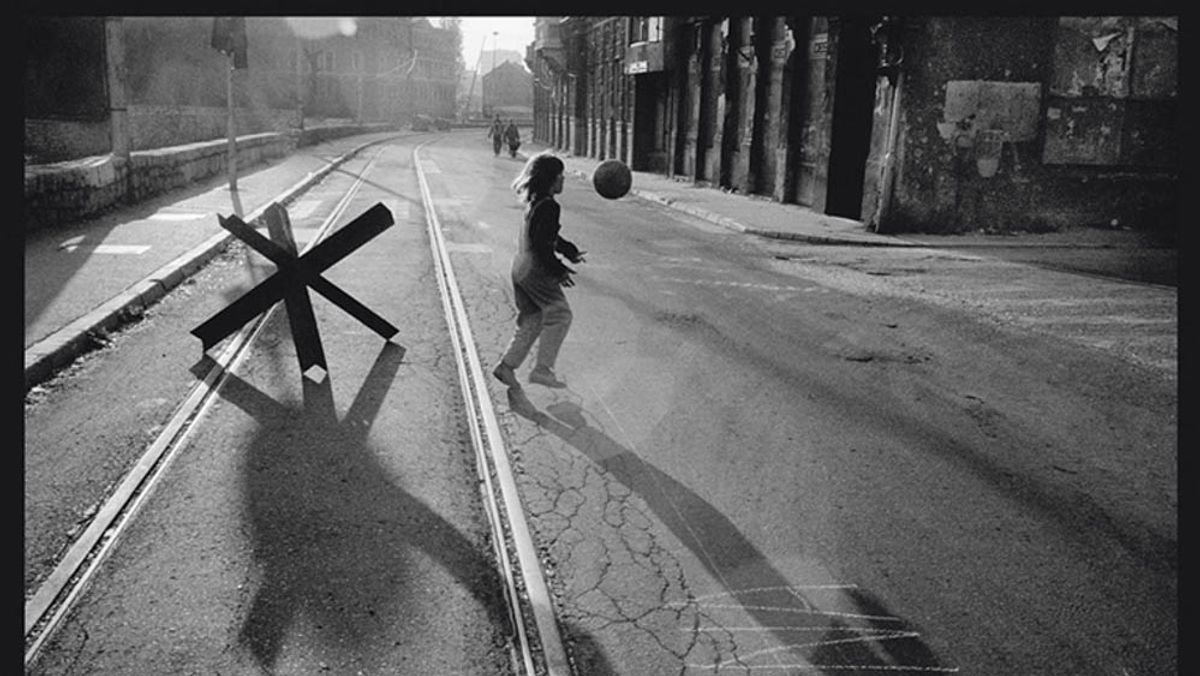In 1991, the Socialist Federal Republic of Yugoslavia started to break up, prompting Bosnia and Herzegovina to follow the lead of Slovenia and Croatia and declare independence.
But this historic, joyful declaration was swiftly followed by a civil war that led to horrific humanitarian crimes—including the three-year siege of Sarajevo and the Srebrenica massacre. More than 100,000 people died as a result of the war.
Bosnia and Herzegovina share a dark and painful legacy—and yet, today, they live an enduring peace. Cities such as Sarajevo and Srebrenica are now largely reconciled with their history, aided in part by the creation of institutions like the Historical Museum of Bosnia and Herzegovina in Sarajevo and the Srebrenica Memorial Center.
In July, these centres are jointly hosting Why Remember? Peace, Conflict and Culture, an international conference that will address some of the key questions facing post-conflict societies today: what should be remembered, what should be forgotten, and how can this process help build a lasting and meaningful peace, based on shared understanding?
The conference has been put together by a team including Dr Paul Lowe, an award-winning photographer and a course leader at London College of Communication, who first visited Sarajevo to document the siege while working as a British photojournalist in the early 1990s.
“Every conflict has its own very specific drivers and outcomes,” Lowe says.“But often there are bigger, broader-scale connections you can make between them. It’s possible to make comparisons. We want to help people see what happened in other countries, consider how that might be reflected in their own society and so what can be learnt from it.”
The conference will in part seek to highlight the systematic nature of genocide, Lowe says, and how events like the Srebrenica massacre, which can appear spontaneous and chaotic from a distance, are often organised and managed by a core group of leaders. “Considering conflict abroad can also make it easier to think about trauma at home,” Lowe says.
Places of memory activism
This is echoed by Tali Nates, the founder and director of the Johannesburg Holocaust & Genocide Centre and keynote speaker at the conference. “As a founder of a museum in Johannesburg, my team and I are dealing with my country’s own painful past,” Nates says, referring to South Africa’s history of Apartheid. “But we are also dealing with the history of countries across the African continent; in Rwanda, in Mozambique, West Africa and others.”
“It is always helpful to look at other cases, because our own history has at times been so painful,” Nates says. “Apartheid was 28 years ago and I can tell you it is difficult to speak about your own history. It shapes the way you look at the present, it shapes the way you look at the future, it shapes every conversation about everything. So, sometimes, looking at other histories helps.”
For Nates, memorials and museums have a responsibility to become “places of memory activism,” she says. “We ask the visitors to be activists for change in our very wounded world,” she says. “To make sense of that memory in an active way, to help to fix it, and to ultimately make our world better.”


